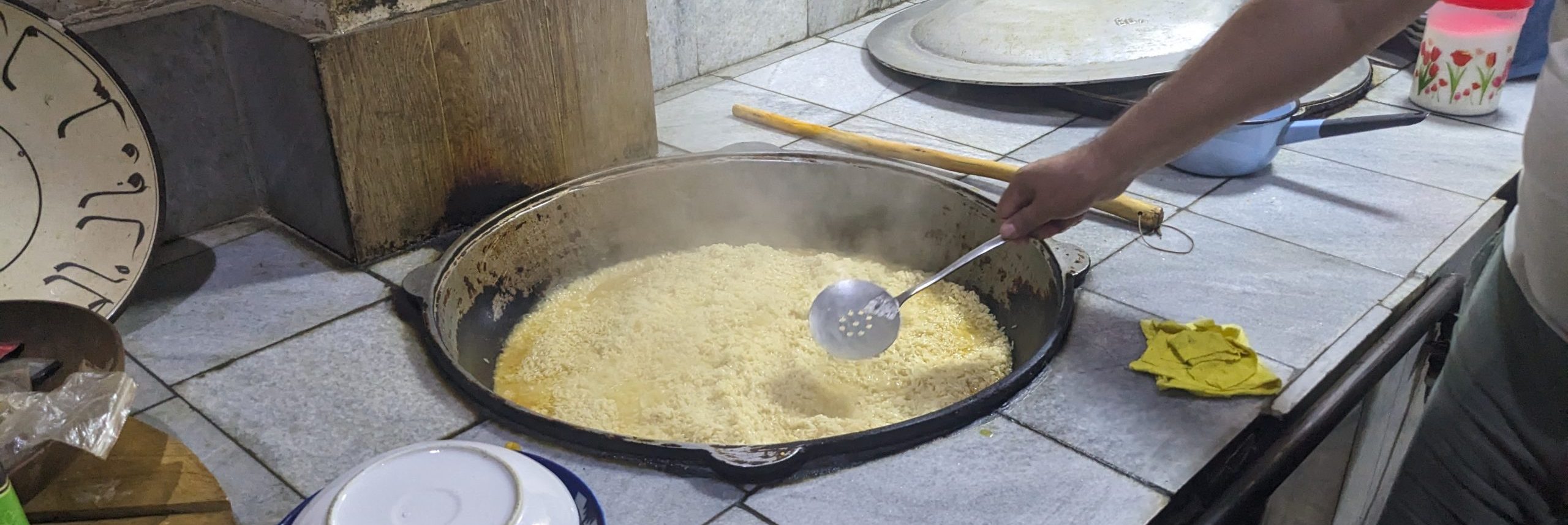

Some dishes are just meals, but some are time capsules—whisking you away to different eras, places, and emotions with each bite. Plov, the culinary masterpiece of Uzbekistan, falls squarely into the latter category. So, put on your aprons and travel with me through time and spices as we cook this iconic dish!
Just like a painting is nothing without its colors, Plov is incomplete without its essential ingredients:
Plov, also known as pilaf, has been around for ages. Its roots dig deep into history, with mentions in ancient texts and a pivotal role in cultural celebrations. But what truly immortalizes Plov is its communal spirit. It’s not just a dish; it’s an event, often cooked outdoors, in gigantic cauldrons that can feed an entire village!
Before even igniting the stove, Plov demands respect. The carrots should be julienned, not diced. The meat must be in generous chunks. And let’s not forget the rice—long-grained and washed until the water runs clear. Preparation isn’t just slicing and dicing; it’s an homage to traditions passed down through generations.
🍲 Fun Fact: In Uzbekistan, it’s common to see a single chef, or Oshpaz, take command of the entire Plov-making process, a role often revered in the community.
Once the stage is set, the cooking ritual begins, and it’s nothing short of poetic:
🍲 Pro Tip: Add saffron-infused water for that golden hue and an extra layer of aroma.
After hours of cooking, you take that first bite and suddenly, you’re transported. You taste the Uzbek soil enriched by the Silk Road spices, you hear the murmur of bazaars, and you feel the warmth of an Uzbek home.
Cooking Plov isn’t merely an exercise in culinary skills; it’s a journey through history, culture, and community. It’s an experience that enriches you, not just feeds you. If food is a universal language, then Plov is its love letter, written in spices and sealed with tradition.
So, the next time you’re hungry for a meal that’s also a journey, remember that the cauldron of Plov is always bubbling somewhere, inviting you to partake in a feast that’s centuries in the making.
Rahmat for joining me on this culinary expedition! Stay hungry for adventures, both on the plate and off it. 🌍🍲